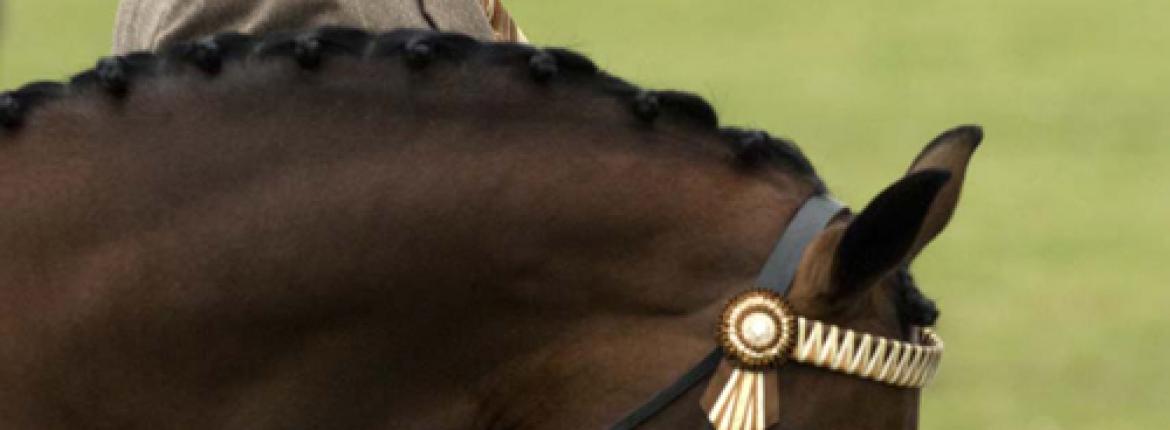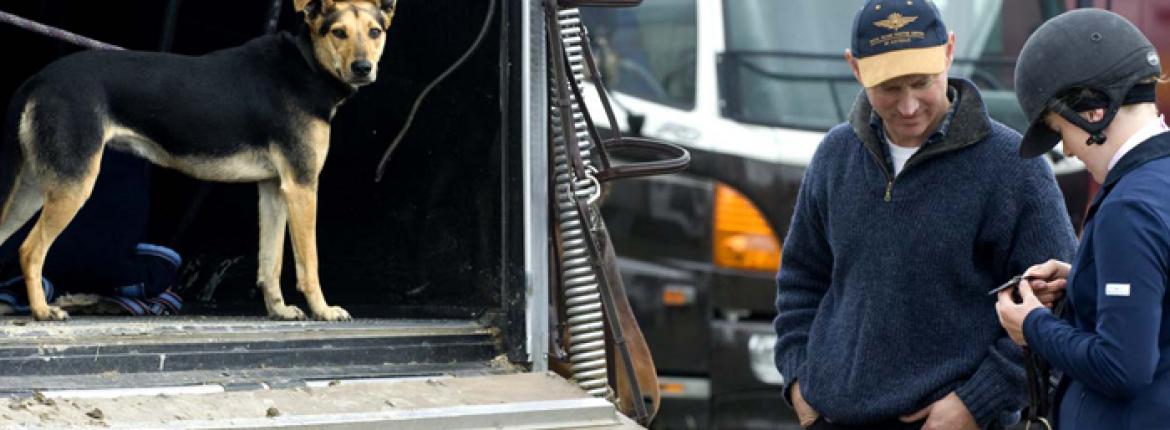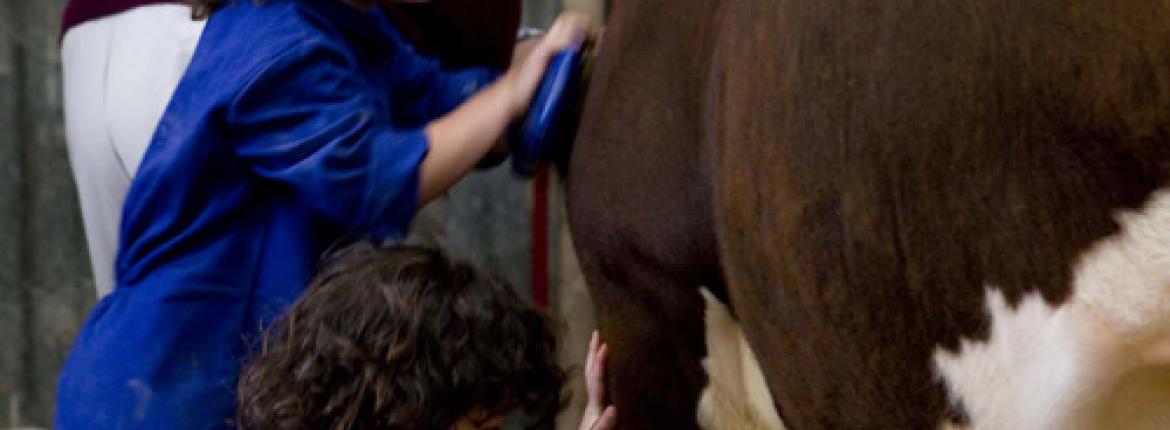The young crew are relaxed. They don’t expect to see much action before the steer-riding competition, scheduled to kick off at five. They’ve done a few shows now, and mostly they go off without bloodshed.
In the Methven A & P clubrooms, the dim, silver-toned portraits of past presidents look down as though sternly approving from around the concrete block walls, as walkie-talkies are dished out and ribbons are pinned on crisp, white stewards’ coats. They’re expecting a good crowd, Judith McMullan, the secretary of the organising committee tells me. The weather’s holding, and that promises a good turnout. She looks as though she’s suffering from match-day nerves.
This is my first ever A & P show. They’re a New Zealand institution, but they’ve somehow managed to pass me by. Of course, growing up in Auckland, I’d been to a few Easter Shows, but I was unaware of any higher purpose behind them than the chance to ride the ferris wheels and stuff yourself with candy floss.
Nic, the photographer, is a bit of an expert – she grew up in the provinces, after all: she was at the Carterton show only a couple of months ago. She knows just where the colour and the action will be; she’s put a ring around the Highland Dancing and another around the Lamb Decorating. Both of us have circled the Wife Carrying Competition.
The day kicks off with the show pony events, and we watch as smartly dressed women – mostly mums – lead ponies around with their equally nicely turned out kids aboard. Some of the beasts are scaled-down versions of the real thing, with fine necks and a prim gait. Others aren’t. Poor little Freddie, aged four and a half, isn’t having an easy introduction to the show ring. Her mount, Chippy Boy, who looks to have pit pony and maybe Captain Cooker in his parentage and more than a little mule in his temperament, has planted his hooves and isn’t going anywhere, no matter how hard Freddie’s mum hauls on the lead rope.
It’s only once the judge has nodded to his picks and they’re drawn up in a well-behaved line in the centre of the ring that Chippy Boy deigns to move. By now, Freddie is in tears, her dreams of a prize ribbon dashed. But the organisers seem to have anticipated this kind of eventuality and Chippy Boy gets a ribbon, anyway. After all, if there were an award for cussedness, he would be a shoo-in. As they leave the ring, Freddie pats her pony’s neck and all seems forgiven.

The shed is a riot of colour. I walk along the long, white trestles admiring the cakes and muffins, the imaginative contents of the lunchboxes in the school lunch section, the jars of jams and preserves that seem almost to glow, the bottles of home-made wine and home-brewed beer. Judge Glenys Nicol tells me what she’s looking for in the eggs: she studies the shape and the uniformity of each clutch of three, before cracking them to reveal the yolk size and colour. We agree that brown eggs are somehow more appealing than white, and we marvel at the three little eggs whose shells are a delicate, pale blue.
“I’ve never judged blue eggs before,” she says. Drew Collins, stocky and with the little goatee fashionable among young chefs, is squinting at a sweet muffin, watched closely by a steward and an assistant. He breaks a little piece off and chews it, gazing thoughtfully into the middle distance. I find myself holding my breath for the verdict.
“He’s a tasting judge,” the steward tells me in a reverent whisper. “Some judges don’t taste, but we prefer to have a judge who will taste the baking.”
“This one,” says Drew, and raps the tabletop alongside the winning offering four times. “Awesome flavour, really nice and sweet.”
It’s a good turnout in baking this year, I’m told, although Nic reckons there were 150 entries in the Carterton show. There are toys, models and collections up for judging. There are arts and crafts of all descriptions – notably knitting, embroidery and photography – and there are floral arrangements and single blooms. You can’t ignore the dahlias, shaggy and vivid as the blaze of a Mackenzie Country summer.
“Let’s head outside,” Nic says.
 We wander among the pens holding the cocksure, cud-chewing rams, and look in on the glossy chooks sitting pop-eyed in their cages. A few stray spots of rain fall from the leaden overcast sky, but the crowd – and the crowd has really built by now – doesn’t notice.
We wander among the pens holding the cocksure, cud-chewing rams, and look in on the glossy chooks sitting pop-eyed in their cages. A few stray spots of rain fall from the leaden overcast sky, but the crowd – and the crowd has really built by now – doesn’t notice.
The Royal New Zealand Agricultural Society was founded in 1924, and coordinates the activities of the 97 Agricultural and Pastoral Associations around the country.
The shows serve a serious purpose – they provide encouragement to farmers and growers to work on improving their produce and techniques from year to year, and they gently initiate young people into the pursuit of excellence. They also serve as a kind of meeting place, a focus and highlight in the social life of rural communities. The judges generally know whom they’re judging, and the competitors all know one another. Everywhere you look, there are men standing, arms folded, yakking while looking at the second-placed Merino wethers without seeing them, or leaning companionably on the rails watching the wood-chopping or the Aorangi Young Farmers fencing competition. Children run riot, or go gooey over the lop-eared bunnies in the pet shed.
The calm quiet of the Methven pet section is a far cry from the tension in the humid hall at Carterton, where the cat show was conducted with intense solemnity, Nic tells me.
For the city dweller, above all, A&P shows are a blast from the past, a reminder of – or perhaps a reconnection with – the days when wood-chopping and A Dog’s Show were the stuff of mainstream television. What’s going on around me feels like a subculture, but I reflect that it’s actually urban New Zealand that has become alienated from its roots, and insulated from the wheel of the seasons.
Reported by John McCrystal for our Summer 2010 issue









